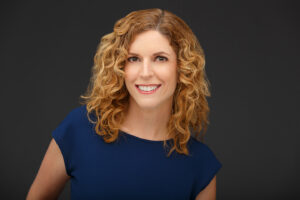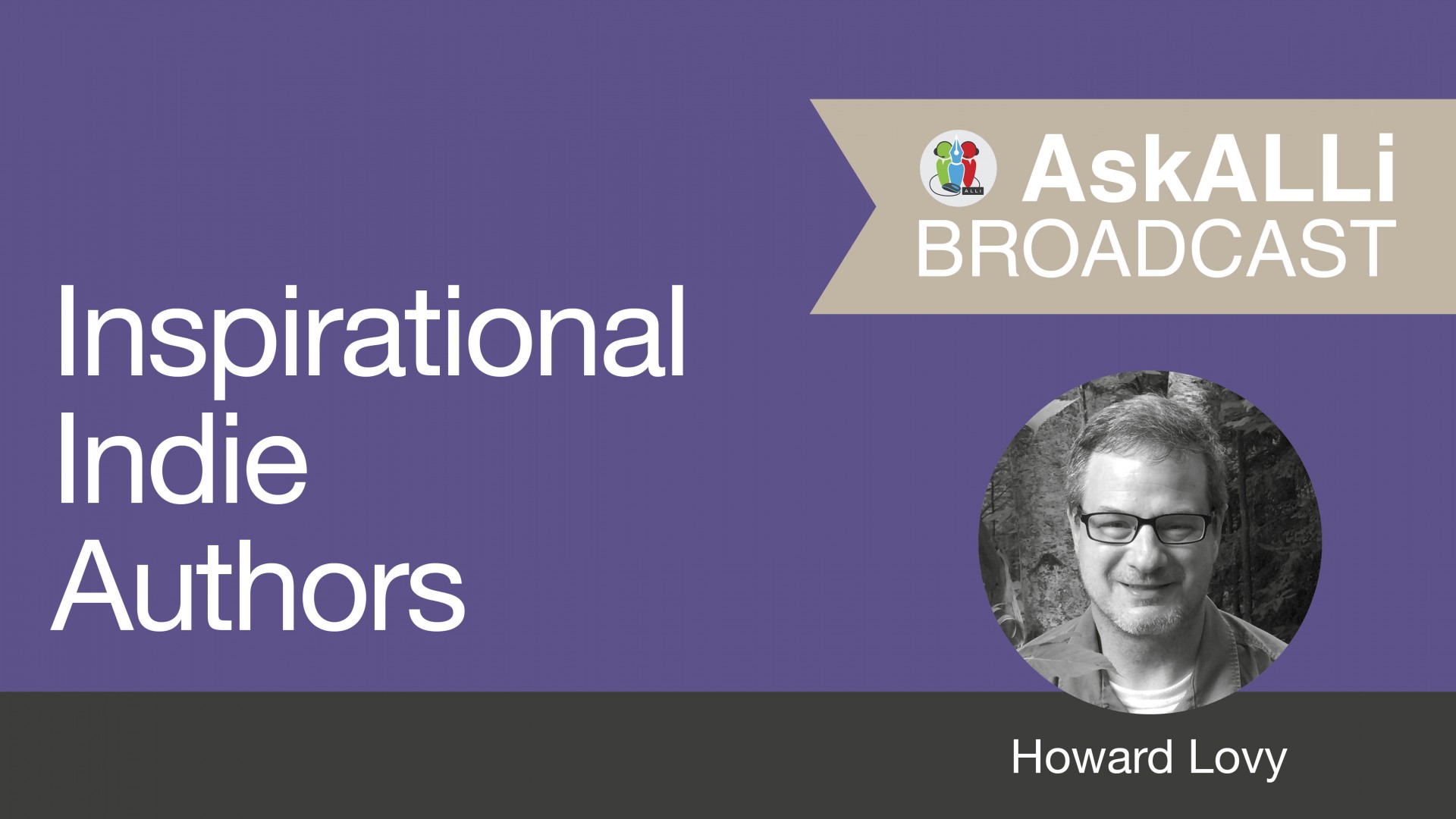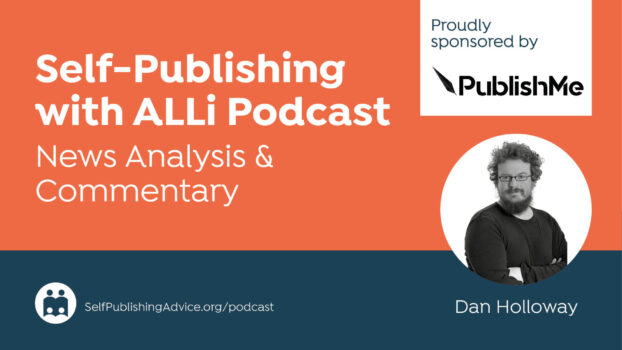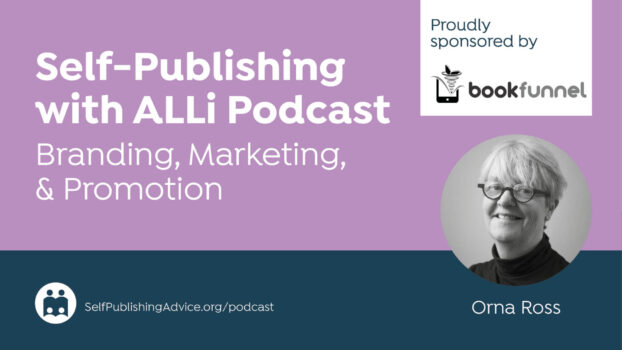J. Dianne Dotson is a scientist who is also writing science fiction. She knows when to turn on and turn off the real science. She’ll put the science in science fiction, without losing an element of fun and fantasy.
First of all, Dianne is an actual real scientist. She has written such best-sellers as: Lipids: Facts and Functions, What Are the Main Functions of Cilia & Flagella? And you can’t forget the classic, What Are the Primary Functions of Phospholipids?

Dianne is both a scientist and science fiction writer.
Obviously, the titles I just listed are examples of her science writing. As for sci-fi, she’s publishing a series of books, the first of which is called Heliopause: The Questrison Saga: Book One. And that’s where Dianne shines as one of our favorite kinds of science fiction authors—writing science fiction while actually knowing about science.
But, at least for me, the worst thing is to wade through pages and pages of technical detail about some technology invented by the author. Just tell me, simply, that it works and I’ll suspend my disbelief and believe you … like warp speed in Star Trek. I talked to Dianne about how to find the perfect balance between science and fiction when writing science fiction.
A few highlights …
On Why She Studied Ecology
I wanted to know how everything fit together and in ecology you really do learn about how systems all fit together and how everything affects everything else in the environment. And, you know, from the microscopic to macroscopic level, that just fascinated me and I was just like, “This is my jam.”
On the Proper Mix of Science When Writing Science Fiction
I think that the level of science in science fiction is going to vary depending on what you’re trying to tell, what kind of story, what setting. And so for my series, for example, it’s a combination of science fiction with a touch of fantasy. But even with that, you have to have a set of rules to address both.
Listen to my interview with J. Dianne Dotson
Subscribe to our Ask ALLi podcast on iTunes, Stitcher, Player.FM, Overcast, Pocket Casts, or via our RSS feed:
If you haven’t already, we invite you to join our organization and become a self-publishing ally. You can do that at http://allianceindependentauthors.org.
What is the proper mix between #science and #sciencefiction? @jdiannedotson has found it. In his podcast, @howard_lovy interviews a #scifi writer who is an also an actual scientist. Share on XAbout the Host
Howard Lovy has been a journalist for more than 30 years, and has spent the last five years amplifying the voices of independent publishers and authors. He works with authors as a book editor to prepare their work to be published. Howard is also a freelance writer specializing in Jewish issues whose work appears regularly in Publishers Weekly and Longreads. Find Howard at howardlovy.com, LinkedIn and Twitter.
Read the Transcript of my Interview with J. Dianne Dotson
Dianne: Thank you. Hello.
Howard: So let’s take your science and writing journey chronologically. You grew up in rural Tennessee, where you became interested in science. What was it about where you grew up that sparked your interest?
Dianne: Well, in rural east Tennessee, which is sort of the rolling hills, undulating landscape, I was surrounded by nature, because I lived in the country, so I learned about every tree and animal and rock that I could find and I looked for a lot of them. And so this led naturally to just more curiosity about how everything fit together. And I also became really fascinated with the night sky. And so that sparked an interest in astronomy and astrophysics, which I eventually went on to make a little neighborhood astronomy club to teach my friends about astronomy too.
Howard: So then you went on to do some research. What were you studying?
Dianne: I attended the University of Tennessee in Knoxville and I obtained a degree in ecology and evolutionary biology and had a major in zoology. And so at first I worked in undergraduate research in a genetics laboratory and after I graduated I worked in other laboratories at other universities and then eventually moved into clinical research. So I kind of took the trip from animal science to, you know, a deeper level of cell biology, genetics. And then I moved back out again with clinical research and did that for a number of years and really enjoyed that too.
Howard: What was your motivation? What was it about what you were studying that interested you?
Dianne: Well when I was studying zoology and ecology, specifically going back to what I said about growing up in east Tennessee, I wanted to know how everything fit together and in ecology you really do learn about how systems all fit together and how everything affects everything else in the environment and you know, from the microscopic to macroscopic level, that just fascinated me and I was just like, “This is my jam,” you know?
And I also really loved animals and I grew up next to a farm. And so I was always around animals of all kinds. And I really was passionate about them and their behavior so that lends itself a little bit to my work as well. But I also just really cared very deeply about animals and people and how to make our lives better and how to take care of our world as well.
The Leap from Science to Writing Science Fiction
Howard: How did you make the leap from writing about science to writing science fiction?
Dianne: Well, I should tell you that I began writing science fiction first. In fact, I wrote my first science fiction novel in my tweens and I finished it when it was about 13 and I had an English teacher who actually was a big proponent of my trying to seek publication for it and we wrote to a couple of publishing companies and Berkeley wrote back with some really wonderful feedback, you know, giving me submission guidelines if I wanted to go forward.
And they were saying, you know, “Because you are a young writer, you know, you might want to hone your craft, basically. So I was, I was sort of, all of it was happening together, the science, the science writing, the science fiction and also art cause I was illustrating things as I went too and I think they all grew together in me. I did science writing in school, but it wasn’t until 2006 that I did it for work, as a paid job to do, to be a science and content writer. So it was an interesting journey that I started out really more on the fiction side and then worked my way back to science writing again.
About the The Questrison Saga
 Howard: Right? Well the two sometimes do go hand in hand, science fiction and real science have always had this symbiotic relationship. So tell me about your new book and series, the basics without any spoilers of course
Howard: Right? Well the two sometimes do go hand in hand, science fiction and real science have always had this symbiotic relationship. So tell me about your new book and series, the basics without any spoilers of course
Dianne: Okay. So Heliopause is the first of a four book series called The Questrison Saga. Book two arrives in late spring of this year. And, but in Heliopause, a man named Forster works at Mandira Research Station, which is located at the solar system’s outer edge in what is called the Heliopause, which is a real term, you know, helio, meaning sun and pause, meaning an ending. It’s basically the end of the sun’s energy and winds generated by the sun and beyond that is interstellar space. And so yeah, Voyagers 1 and 2 have now crossed the heliopause and-
Howard: Right, right. That’s what I was thinking about that we finally breached that barrier. Anyway, go on.
Dianne: Thank you. Forster starts seeing lights outside of his room window on the station and nobody else can see them but him. And he starts to suffer these terrible migraines with aura, which is the visual disturbance. And he and his coworker Gibbons are realizing that he’s picking up some sort of signal out there beyond the heliopause. And there shouldn’t be anything out there. So it’s really weird and disturbing, but only he and his friend Gibbons can pick it up.
So at about the same time a captain of a supply ship en route to the station falls under attack by something out there and it puts him in a state of catatonic torture, but it’s keeping him alive. Another coworker, a mysterious man named Efron thinks that the lights, the signals and the attack are all related and possibly connected to the missing daughter of matriarch Meredith. So Forster, Efron and the other crew of Mandira have to try to stop this force from invading the space station and the rest of the solar system. So it turns out there’s a lot more going on out in space than anyone thought.
When to Suspend Disbelief
Howard: There are many opinions about how much science explanation there needs to be in science fiction books, but at some point you just have to suspend your disbelief.
Dianne: Right.
Howard: To you, how much of a mix of science explanation and plot development is optimal?
Dianne: Well, I would say that it varies with each author. I think that the level of science in science fiction is going to vary depending on what you’re trying to tell, what kind of story, what setting. And so for my series, for example, it’s a combination of science fiction with a touch of fantasy. But even with that, you have to have a set of rules to address both.
And when you have something like hard science fiction, hard SciFi as it’s called, then you have to have really extensive grounding with proven science and/or at least, you know, making that cognitive leap that this is a plausible science, that kind of thing. So I have a little bit of that going on. It’s not completely soft Sci Fi, but you know, I have some room to grow in there. And so, like, for my series, I try to keep the stories believable by making them relatable.
As I said, you know, Mandira is really far out in space in the solar system. So if you have a job there, you’re making a commitment because it takes time to get back and forth to the rest of the solar system. Like the nearest major base to them is Ganymede, which is an outer solar system moon and so that’s not exactly, you know, you can’t just like, you can’t warp there, you know, so you have to plan a time.
We do have faster speed travel than we do right now, you know, otherwise that would be really not feasible. So, and we do have AI in this universe that I’ve made and it’s used in various ways. We have robot assistants and so, but for plot development I like to blend the realistic with the fantastic. And so I’m using the characters wants and needs to make their environment and their situations more believable.
And even this is kind of a subplot, it’s kind of funny. One of the characters has this obsession with making coffee that’s not terrible because, you know, they’re really far out there. They have limited resources, you know, the supply runs only come so often. They have a conservatory so they can grow some plants but they don’t exactly grow coffee beans cause it’s not considered a necessity, although we may think it is.
Howard: Right.
Dianne: So this guy definitely does think it is. So he just wanting to make good coffee at the edge of the solar system and you can’t get it quite right because they didn’t have fresh coffee beans. So, you know, there’s little, there’s little aspects, there’s the greater whole of having, well how do you make this space station work out in deep space? It has to be very sustainable situation, you know, and it does spin, things like that. You have assistant from drones and robots separately. They’re considered different things. Like there’s a medic robot that assists with surgeries and it can, I like medic because it can transform into a wheelchair if you needed to be rolled somewhere or whatever. And-
Howard: But the technology is there to help the humans cope and that’s very much a the human story. The coffee story is great because that’s a very human need and want.
Dianne: Right.
Howard: Yeah, and you know, one pet peeve of mine with science fiction and I love science fiction, ever since I was a kid is some hard science fiction will take pages upon pages to try to explain in detail every bit of an invented technology.
Dianne: Right.
Howard: And I think it’s aimed at other tech geeks who will say, “Well, what about this? And what about that? And why didn’t you think of this? Until the story is just lost.
Dianne: Lost in the weeds.
Howard: Yeah.
Hiring an Artist
Dianne: Related to that, I wanted to mention, I was talking about Medic. I hired an artist to do a picture of Medic and because he’s an artist, he’s going to think about things differently and he read the text of the book, right? And my description of Medic, which was brief and so like he took it and he ran with it because I left him the playground. I left him some basic tools and he took it and he made it into something incredibly special and detailed and thought out the conception of how Medic would work on this station. And so that’s one thing I like to do in my books is I want to give you a framework of science and science fiction, but I also want you to have your imagination and go crazy with it.
Howard: And, you know, I was on your website then they looked at one of your book signings you happen to meet a Mars geologist and that must have been quite a discovery for you as a scientist or a science fiction writer. And so it looks like you, you played reporter there and then what did you learn from him?
Dianne: So it was just a complete delight. I’m sitting there, it’s the end of the signing and people were coming up to get their book signing, you know, I had given a little bit of a talk about Heliopause. So he comes up and he says, “Oh, you know, by the way, I’m a Mars geologists.” I’m like, “Whoa.” And then at that moment, then I finally noticed there was a badge on his arm that said NASA. And I’m like, “Okay, this is amazing.” It was an incredible moment for me because, you know, I was always interested in astronomy and so to actually meet someone who worked in the field, that was a first, and I went on to interview him on the blog so you can find that interview.
It’s called Ask A Mars Geologist under my science writing articles tab on my homepage, which is jdiannedotson.com and so I asked him in the interviews some in depth questions about how and why he became a Mars geologist and what tools he might use. And you know, what’s it like to wake up and just go in and be a Mars geologist. What do you do? And so from there I learned from him Martian features that I didn’t know about and I knew some, because I do have an interest in Mars, but Danny specializes in Mars volcanoes. So we talked a lot about that. And just every aspect of what he’s doing fascinates me.
Optimistic or Pessimistic?
Howard: Science fiction can basically be divided into optimistic and pessimistic visions of the future. And I think I know the answer to this, but I want to hear you say it. Which are you, are you optimistic or are you pessimistic?
Dianne: Well, you know, I would not, if somebody said, “Okay, is your work Utopian, meaning super optimistic or Dystopian, meeting pessimistic?” I would not say I’m either one specifically. So, and the reason I would say that is because there are some tremendous challenges faced in the The Questrison Saga, without spoiling it, at small and large scales. But at every stage there’s hope and there’s a desire to do better, even in the face of extreme adversity. So I’ve not given up on us. I remember someone asked me not long after Heliopause came out, “Are we still around in the 23rd century?”
And I said, “Yes, we are. And we’re still us, you know, we still have our weaknesses and our loves and our passions and things that we believe in. We still want to do better.” And the main character, Forster, sort of a subplot of that is that he messed up with somebody he really loved and he dwells on it and he regrets it. And when he’s faced with the possibility of never seeing that person again, it rocks his whole world. So, you know, I wanted to just instill some hope there that it’s not over for us. It’s just beginning
Howard: The best and most lasting science fiction stories are the ones that are, at the heart, human stories. And it sounds like that’s what you’ve achieved here.
Dianne: That’s the goal.
Howard: Well, thank you, Dianne. I appreciate you talking to me.
Dianne: Thank you so much for having me.
And that concludes my interview with J. Dianne Dotson on writing science fiction.
Also Read …
Inspirational Indie Authors: Maggie Lynch on Women in Science Fiction
Inspirational Indie Authors: Adam Croft Explores the Mind in Psychological Thrillers




